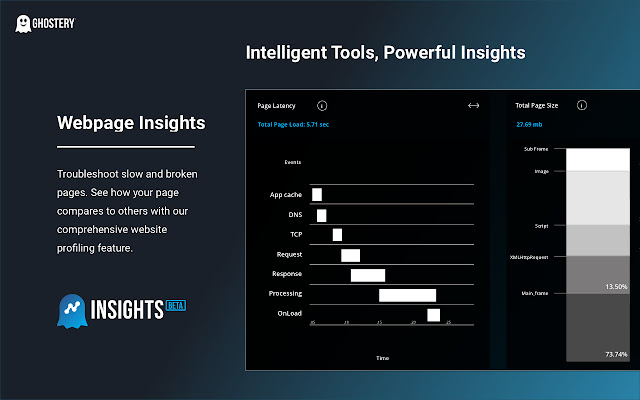
"Backtest like a pro, trade like it’s already tomorrow."
You know the feeling—you’ve got a trading idea bouncing around in your head at 2 AM. Maybe it’s that breakout strategy you saw in a forum, or a mean-reversion trick your friend swears by. But before you dare put real money on the line, you need to ask one deceptively simple question: Do I have enough historical data to actually know if this strategy works—or am I just gambling with confidence?
The truth is, the amount of historical data you need isn’t a one-size-fits-all number. It’s about context: the asset you’re trading, the timeframes you’re using, the market volatility, and even the type of strategy itself.
Backtesting is a bit like rehearsing for a big performance—you want to know the moves, the timing, the weak spots before stepping out onto the stage. In trading, that “stage” could be forex, stocks, crypto, indices, options, commodities—you name it. The historical data you feed your backtest is the script. Too short, and you’ll only see how your strategy plays out in a handful of market moods. Too long, and you risk drowning your analysis in noise and outdated conditions.
For example, in forex, a scalping strategy on EUR/USD might need tick data going back just a year to be useful, because market microstructure shifts fast. But a long-term equity trend-following system might require ten years of daily bars to survive a proper stress test through bull runs, bear crashes, and sideways slogs.
Forex Currency pairs are deeply influenced by central bank policy cycles, so multi-year data is good for swing trading systems. Intra-day strategies? Even 12–24 months can reveal execution quirks and slippage trends.
Stocks & Indices Equities need enough data to cover at least one full macroeconomic cycle—think boom, bust, and recovery. That’s often 7–10 years of daily data. For large indices, watch out for structural changes; the S&P 500 today isn’t the S&P 500 of 2010.
Crypto The wild west. Since Bitcoin’s real trading history only picks up around 2013, and DeFi tokens may have just months of liquidity data, backtesting here needs flexibility. Don’t expect a “ten-year standard”—sometimes you’ll be happy with 18–24 months of clean, high-quality historical data.
Options Strategies relying on volatility swings demand precise historical implied volatility surfaces. Even 2–3 years can reveal pattern reliability, but longer helps catch rare volatility explosions (2020 says hi).
Commodities Grains, metals, oil—these respond to seasonality, geopolitics, and supply shocks. Try at least 15–20 years of data for seasonal analysis, though intra-day futures trading can survive on 1–2 years if liquidity is stable.
One big trap: assuming that what worked in 2010 will work now. Algorithmic execution, HFT, and decentralized finance have reshaped market microstructure. In crypto, the rise of automated market makers (AMMs) completely changed liquidity behaviors vs. centralized exchanges. And with DeFi, transactions now resolve differently—slippage, gas fees, and smart contract risk all live in your “real world” profits even if your backtest ignores them.
That’s why you need data not just in quantity, but in relevance. It’s about mirroring current conditions while still capturing historical patterns.
In prop trading firms, capital allocation often hinges on how robust your backtest looks. More historical coverage can make your strategy convincing to the risk committee—but if the data doesn’t reflect reality, it’s just a pretty curve.
Here’s where AI-driven analytics is changing the game. Machine learning models can sift historical data to find time periods most similar to today’s market regime. Combine that with smart contract-based execution in decentralized finance, and you’ve got a leaner, faster way to bridge “old data” to “new market truth.”
Think of two traders:
Both are right—because they matched data depth to strategy type.
The next wave combines AI-powered backtesting tools with execution in decentralized finance. Smart contracts can embed risk controls directly into trades; AI models will forecast which historical slices are worth training on. Prop trading desks will lean on hybrid data ecosystems—centralized market feeds plus blockchain-native historical data—to operate in both worlds.
It’s more than just “how much data” now—it’s “which data, in what form, at what speed.”
Trading Slogan: “Feed your strategy the past it needs, not the past you wish it had.” The market doesn’t owe you perfect conditions. Your backtest is your rehearsal. Make it sharp, make it relevant, and when you step into live trading, you’ll know you’ve already played this scene before.
Now—do you want me to also make a short, punchy version of this for social media posts? That way you can hook your readers, then direct them to the full article. That’s a common tactic for prop trading content marketing.
Your All in One Trading APP PFD